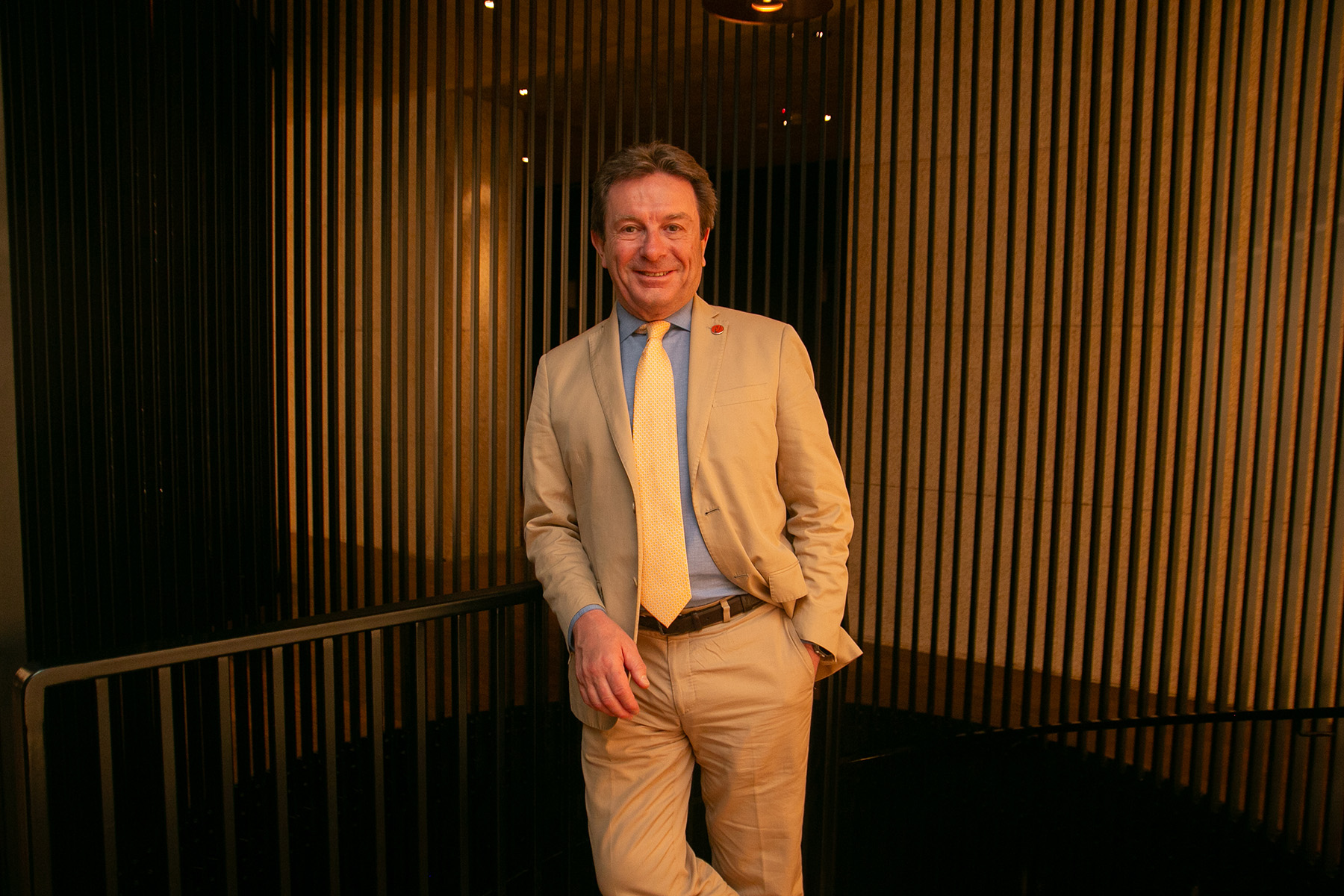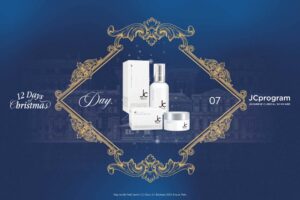We all know the importance of collagen in preserving our youthful appearance and skin elasticity, but did you know that the body uses collagen for more than just beauty? It’s a key ingredient in skin health and repair, and supplementing your body’s collagen levels can help heal and alleviate skin conditions too.
Recently, the revolutionary regenerative collagen treatment Linerase celebrated its official launch in Malaysia. Starting out in powder form, this injectable collagen is inserted directly into the skin to stimulate the body’s natural collagen production. Alongside side the treatment, Linerase also has a range of at-home topical products that help to boost your skincare routine with collagen-packed formulas.
In conjunction with this launch, we got the opportunity to speak with Professor Andrea Corbo, a celebrated dermatologist from Italy and the founder of Linerase. Read on to learn more about this collagen treatment and for insights from Prof. Andrea in this edition of Behind the Business.
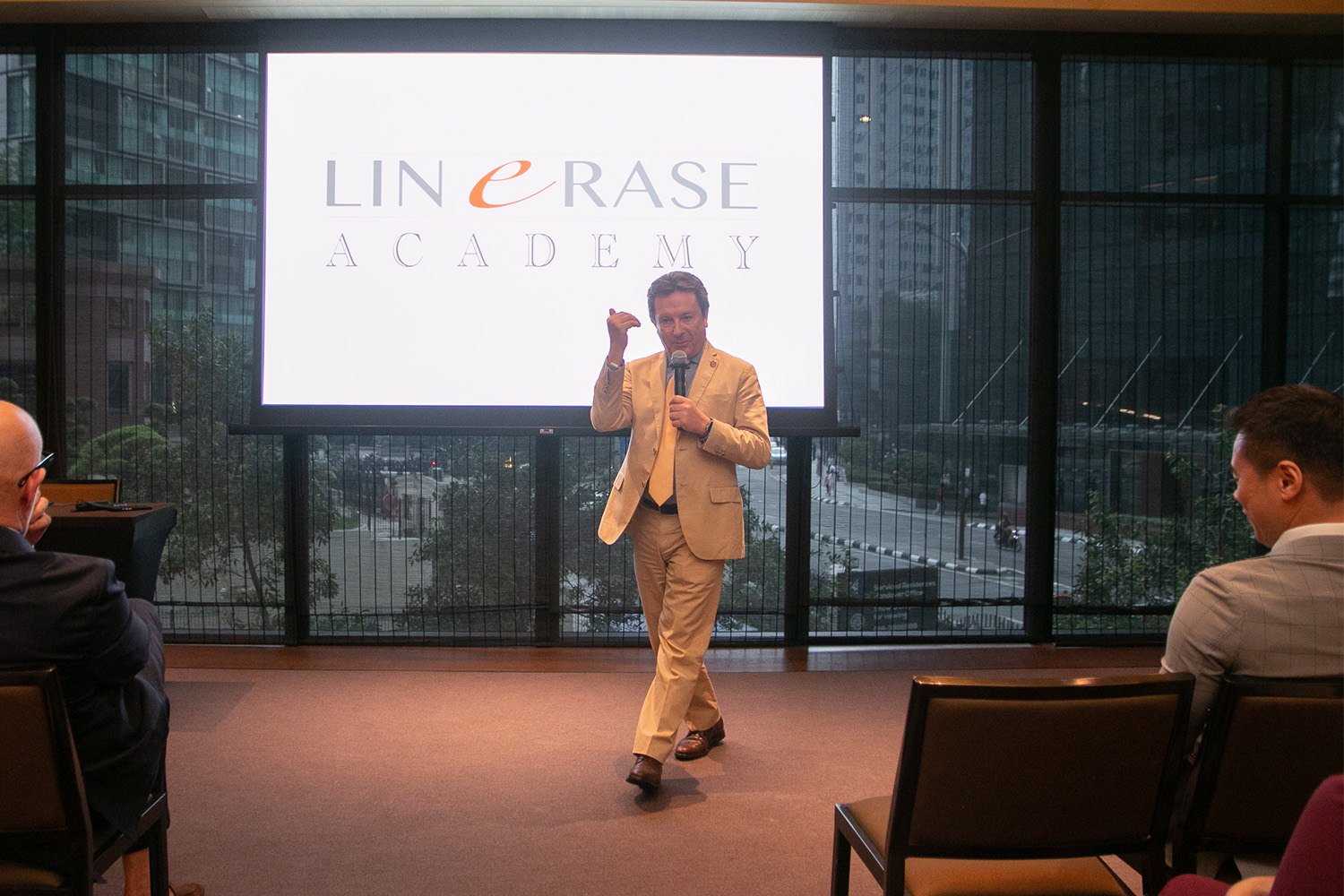
For our readers who might be unfamiliar, what is Linerase is and how is it different than other collagen supplements on the market?
Linerase is the world’s first injectable collagen treatment specifically designed for regenerative use in aesthetic medicine. Unlike oral collagen supplements, which are absorbed systemically and offer limited targeted benefits for the skin, Linerase is injected intradermally – directly into the skin – where it stimulates the natural production of Type III collagen, a key component of youthful, elastic skin.
Backed by over 40 years of research and clinical experience, Linerase represents a true breakthrough in bioregeneration – the foundation of regenerative aesthetics. In dermatology, we work primarily with two essential components: hyaluronic acid and collagen, which acts like a fertilizer to regenerate and strengthen the skin. Linerase belongs to the latter category, supporting the skin’s ability to heal and renew itself from within.
“Bioregeneration” is the key benefit of regenerative aesthetics, a category that Linerase falls under. How does this approach differ from conventional aesthetic treatments, and what role does collagen play in it?
Regenerative aesthetics is all about restoring the skin’s natural structure and function, rather than simply masking the signs of aging. “Bioregeneration” refers to stimulating the skin to repair and renew itself – and this is where Linerase stands out.
As dermatologists, we work with two main tools: hyaluronic acid, known for its ability to hydrate and plump the skin; and collagen, which supports deeper regeneration by stimulating the body’s natural healing and tissue-building processes.
Linerase stimulates the production of Type III collagen, which is essential for skin elasticity, wound healing, and maintaining structural integrity. By activating fibroblasts to regenerate this type of collagen, Linerase delivers natural, long-term results that enhance skin quality from within.
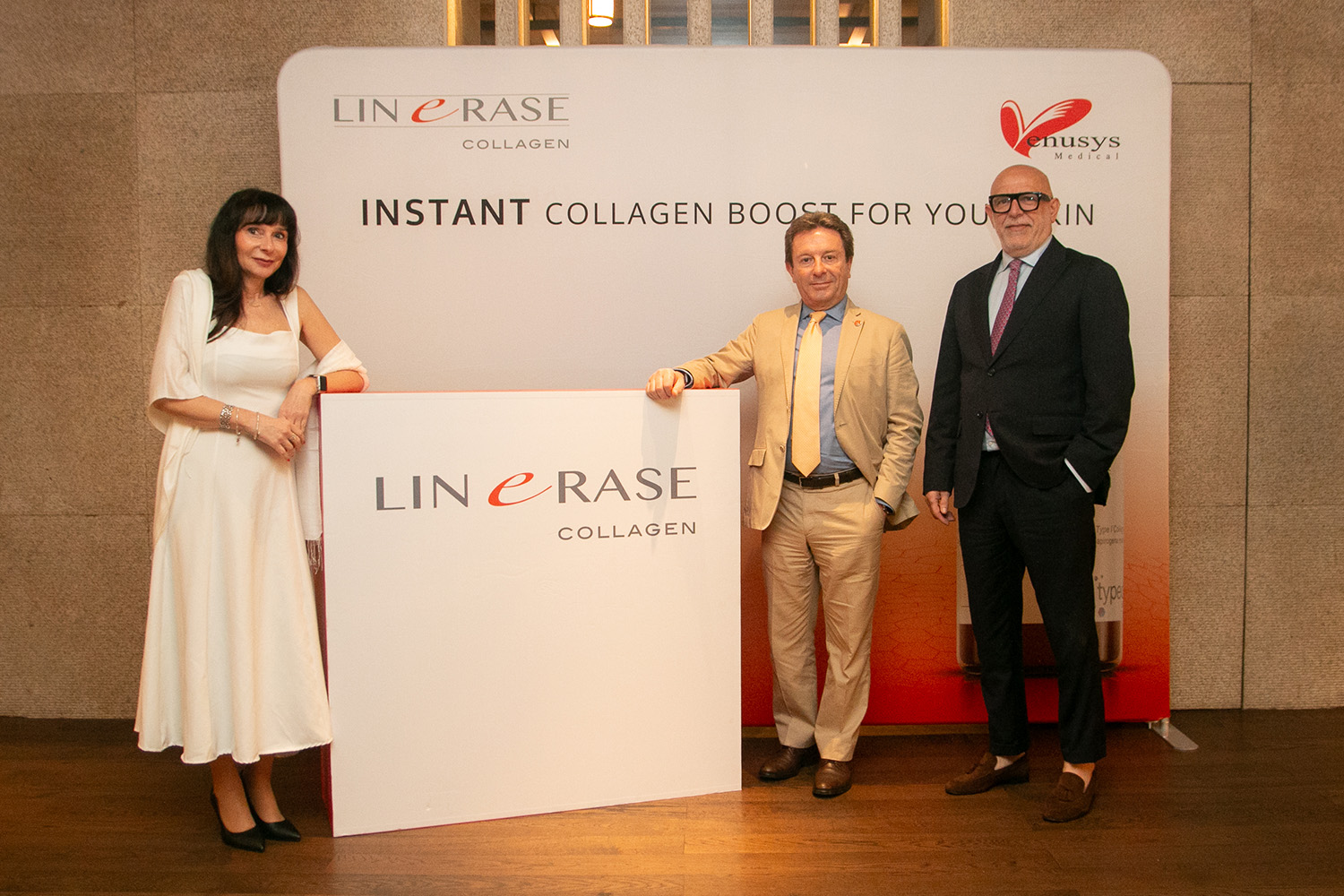
What should we know about Linerase before deciding to book a procedure?
Linerase is not a filler – it’s a bio-regenerative injectable treatment designed to stimulate your skin’s own collagen production. It’s ideal for anyone looking to improve skin tone, elasticity, texture, and overall skin health, especially in areas showing early signs of aging or thinning.
It’s important to know that the results are progressive and natural-looking, as the treatment works gradually to enhance collagen production. Consulting a certified aesthetic doctor is essential – they will assess your skin and tailor the treatment to your specific needs. So, whenever we want to improve skin quality, tone, and resilience, a collagen bio-regenerative treatment like Linerase is a great place to start, under professional guidance.
You’ve been in KL and Malaysia before with Linerase Academy prior to this official launch. What are some things about the local aesthetic landscape that are especially interesting to you?
This is my second time in Malaysia, and I’ve been truly impressed by the professionalism and high standards of aesthetic doctors here. They are well-trained, precise, and deeply committed to patient care. I’ve noticed they approach treatments in a very structured and evidence-based way, which closely aligns with how we practice in Europe.
It’s been a real pleasure to share knowledge and exchange experiences with the aesthetic community in this region.
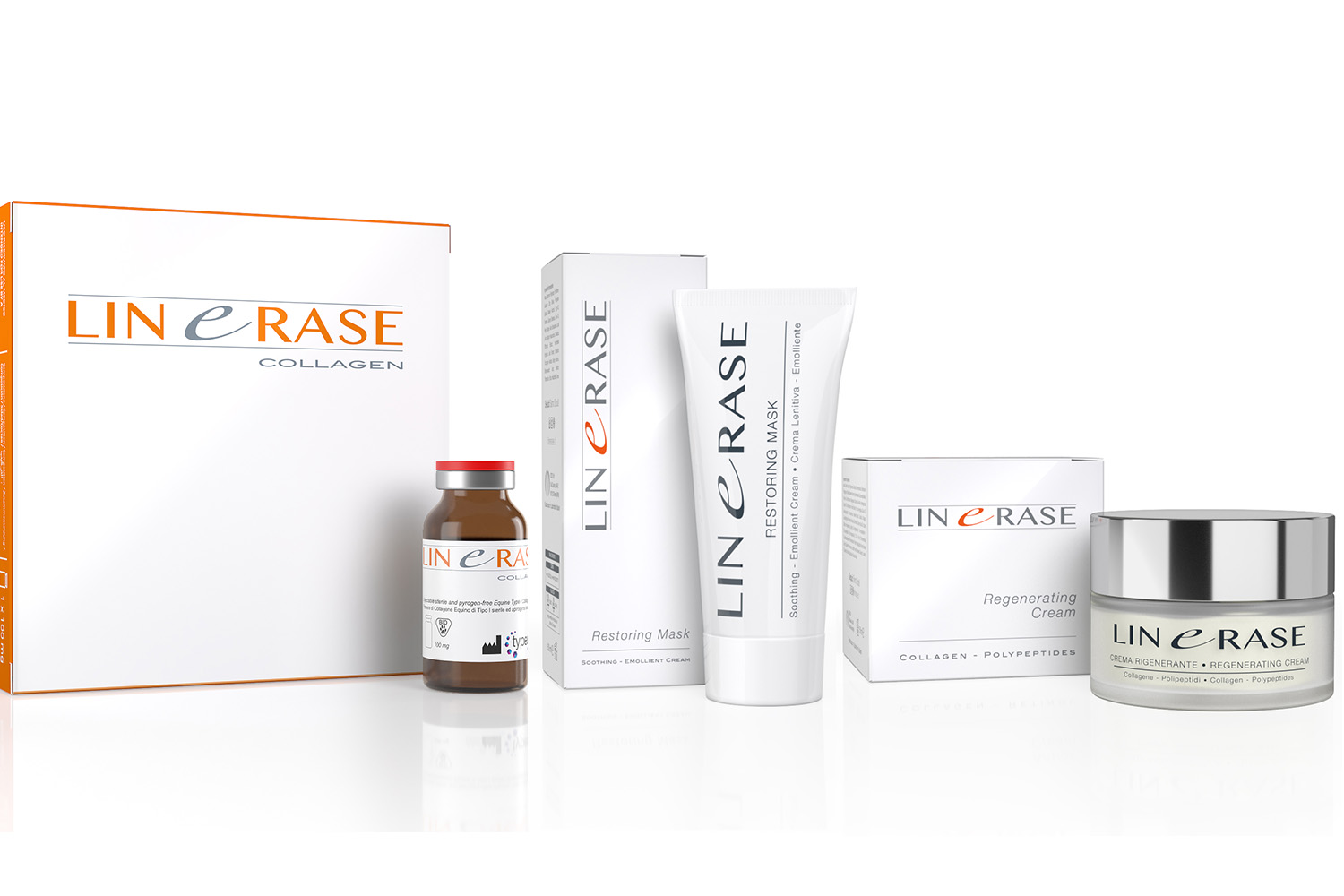
What are your thoughts about the trend within the beauty space that has seen the rise of at-home treatments and tools? As a dermatologist and aesthetic professional, is this a “good” or “bad” thing?
At-home skincare has grown in popularity, and overall, I see it as a positive trend – provided it complements professional treatments rather than replaces them.
In-clinics procedures like Linerase work on a much deeper level, and home care routines help maintain and enhance those results. Today, there are excellent topical products, including collagen-based creams and serums, that support the skin between clinical sessions. So yes, I encourage patients to follow a dedicated home routine – but always under professional guidance to ensure they’re using the right products in the right way.
What is one piece of skin care advice you think people often overlook when it comes to building a routine for healthy skin?
One common oversight is how products are applied. For example, when using regenerative creams – day or night – you should gently massage them into the skin. This not only helps the active ingredients penetrate better but also stimulates circulation.
With sunscreen, however, it’s different: it should be applied evenly without massaging, to create a uniform protective layer on the skin’s surface. These small details might seem minor, but they can significantly impact the effectiveness of your routine.
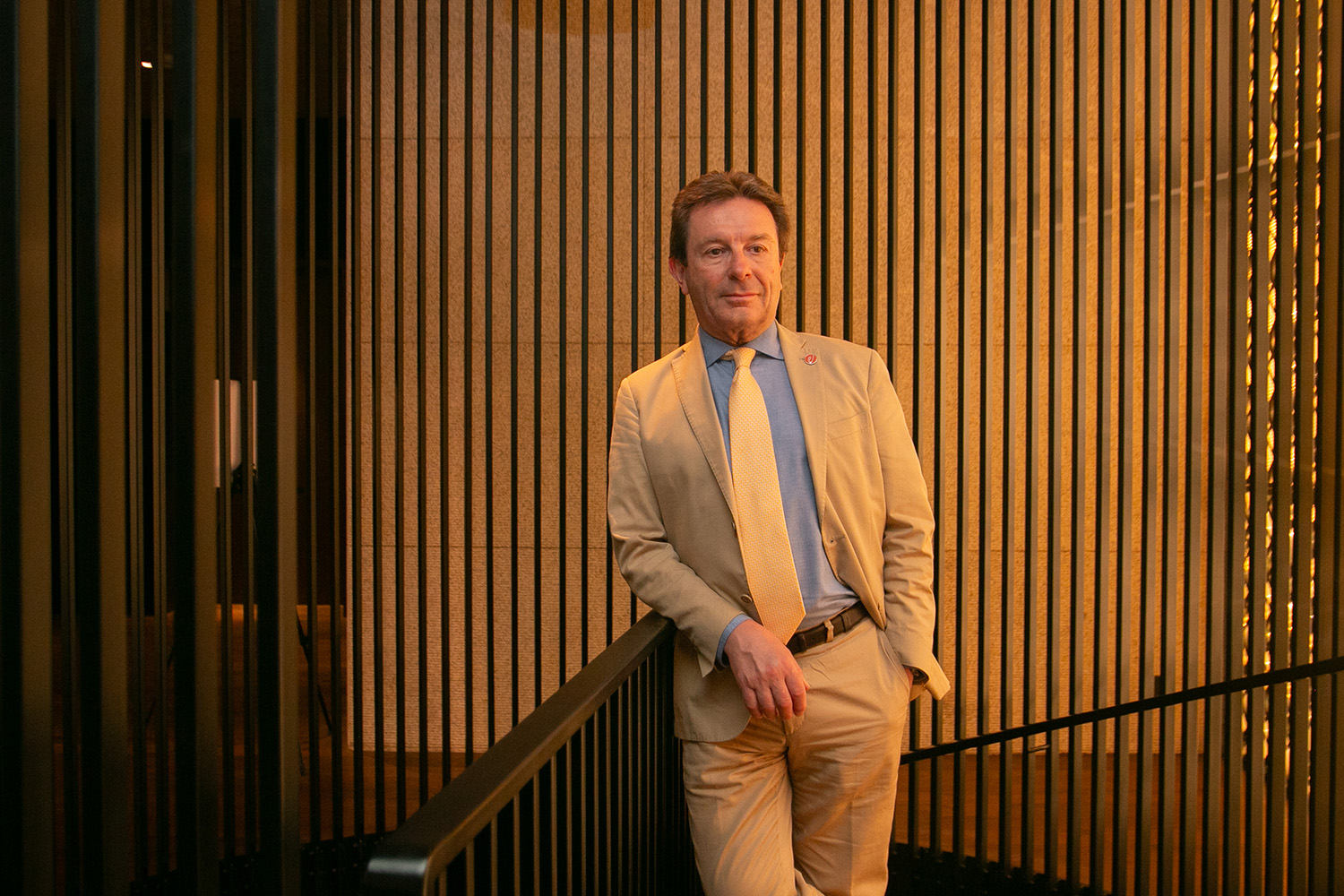
Are there any misconceptions about aesthetic treatments that you’d like to correct or debunk?
Absolutely. Many people still think aesthetic treatments are only for cosmetic or anti-aging purposes. But in dermatology, we also use regenerative treatments like Linerase to treat clinical conditions – such as scars, stretch marks, or skin thinning caused by trauma or surgery.
Linerase isn’t just about looking younger – it’s about restoring skin quality, strength, and health. Thanks to its regenerative properties, we see real improvements not only in how the skin looks but also in how it functions.
Following this official launch in Malaysia, what’s next for Linerase?
Our focus is on continuing education and training for medical professionals through initiatives like the Linerase Academy.
We’re also expanding clinical applications, exploring new indications where collagen biostimulation can make a difference – not just in aesthetics, but in therapeutic dermatology as well.
As more people learn about the power of Type III collagen and the value of regenerative aesthetics, we envision Linerase becoming an essential part of skin health strategies – in Malaysia and beyond.
Learn more about Linerase here.
Step up your beauty and grooming game with more stories.


